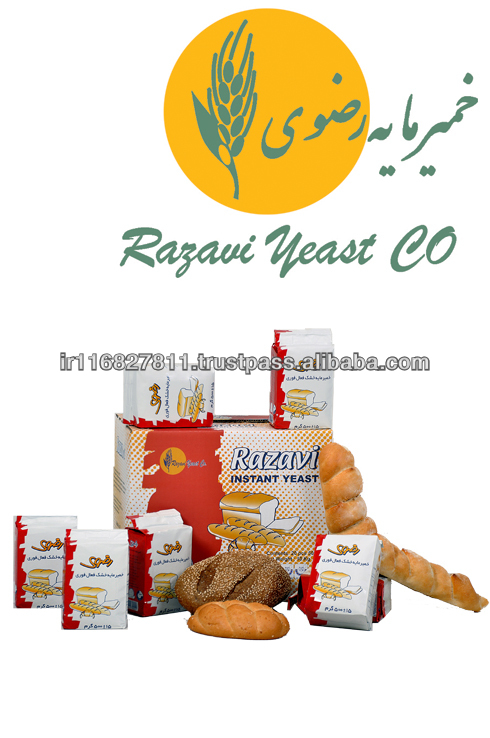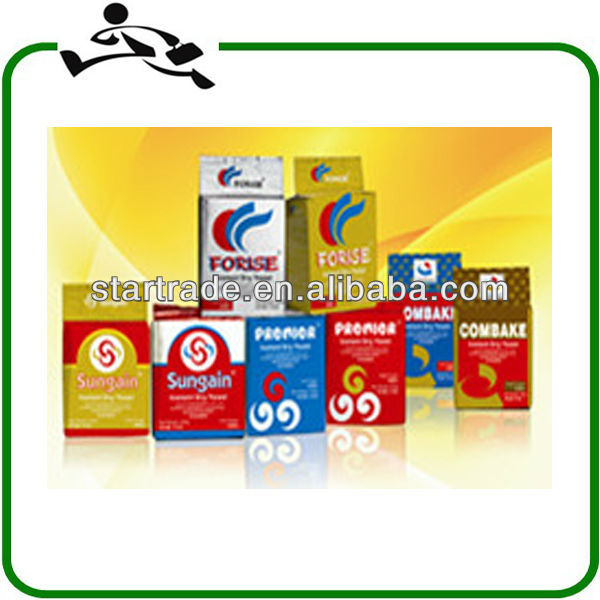

So, bottom line: dissolve yeast in warm water with a bit of sugar to prove that it's alive. But it's definitely puffy.Īnd that's proof enough the yeast is alive. It only had a few small bubbles after 10 minutes, but 20 minutes did the trick. Yeast dissolved in warm water with sugar on the left same yeast, 20 minutes later. I use SAF instant, purchased from our Web site I know it's always fresh and vigorous.īut I did put a packet of Fleischmann's to the test. Once you've proved the yeast is alive, go ahead and add it to your recipe – reducing the water in the recipe by 1/4 cup. After 10 minutes, the mixture should be bubbly. Well, if you're using a typical 1/4-ounce packet of yeast, just follow the directions on the back: dissolve the contents of the packet in 1/4 cup warm water with 1 teaspoon sugar. Proofing yeast – or as it used to be called, "proving" yeast – serves as proof that your yeast is alive and active. (Even though it still says you should dissolve it on the back of the yeast packet, if you buy your yeast in packets.) So, inquiring bakers – inquire no more! You don't need to dissolve active dry yeast in lukewarm water before using it. Nor is there any difference once they're baked. (If you're really tracking this, the roll at the left in the middle row uses dissolved yeast middle roll at right, undissolved.) Top row are the rolls using dissolved yeast bottom row, undissolved. I decided to bake the rolls all in one pan, to make sure neither pan nor placement in the oven would affect their rise. On the right, dough made with dissolved yeast.Īn hour later, the dough has risen. On the left, dough made with undissolved ADY – yeast simply added along with the other dry ingredients.

Really – you don't need to dissolve ADY in lukewarm water before using it? First we'll cover dissolving see the end of this post for information on when to proof yeast. Note: Dissolving yeast and proofing yeast are two distinct processes. You may have heard over the past year or so that active dry yeast (ADY) has been reformulated into a smaller particle size, and can now be used without dissolving it first – as had always been the requirement. That means fewer failed experiments.Is it really necessary to dissolve active dry yeast before using it in bread? Inquiring bread bakers want to know! It will also allow us to look at new formulas and have an idea of what it should feel and look like as we move through the process before we even start baking. As we get more practice looking at these ratios, it will allow us to alter a bread's formula to achieve certain qualities in the bread. Second, if we think of bread recipes in ratios, as formulas, it makes it easier to compare different kinds of bread with each other based on how much of each ingredient is present relative to the others-regardless of how many loaves we're making at once. Memorizing the ratios in a formula allows me to easily make the amount of bread I want. Some days at work, I need to make two loaves of this bread some days I might need a dozen. First, it makes scaling a recipe up or down really easy. Why is this helpful? It's important for two main reasons.

It's like a recipe, but it's based on ratios (the percentages listed next to our weights above), not finite amounts. But before we start baking, what is a formula? Is it the same as a recipe? Almost.


 0 kommentar(er)
0 kommentar(er)
